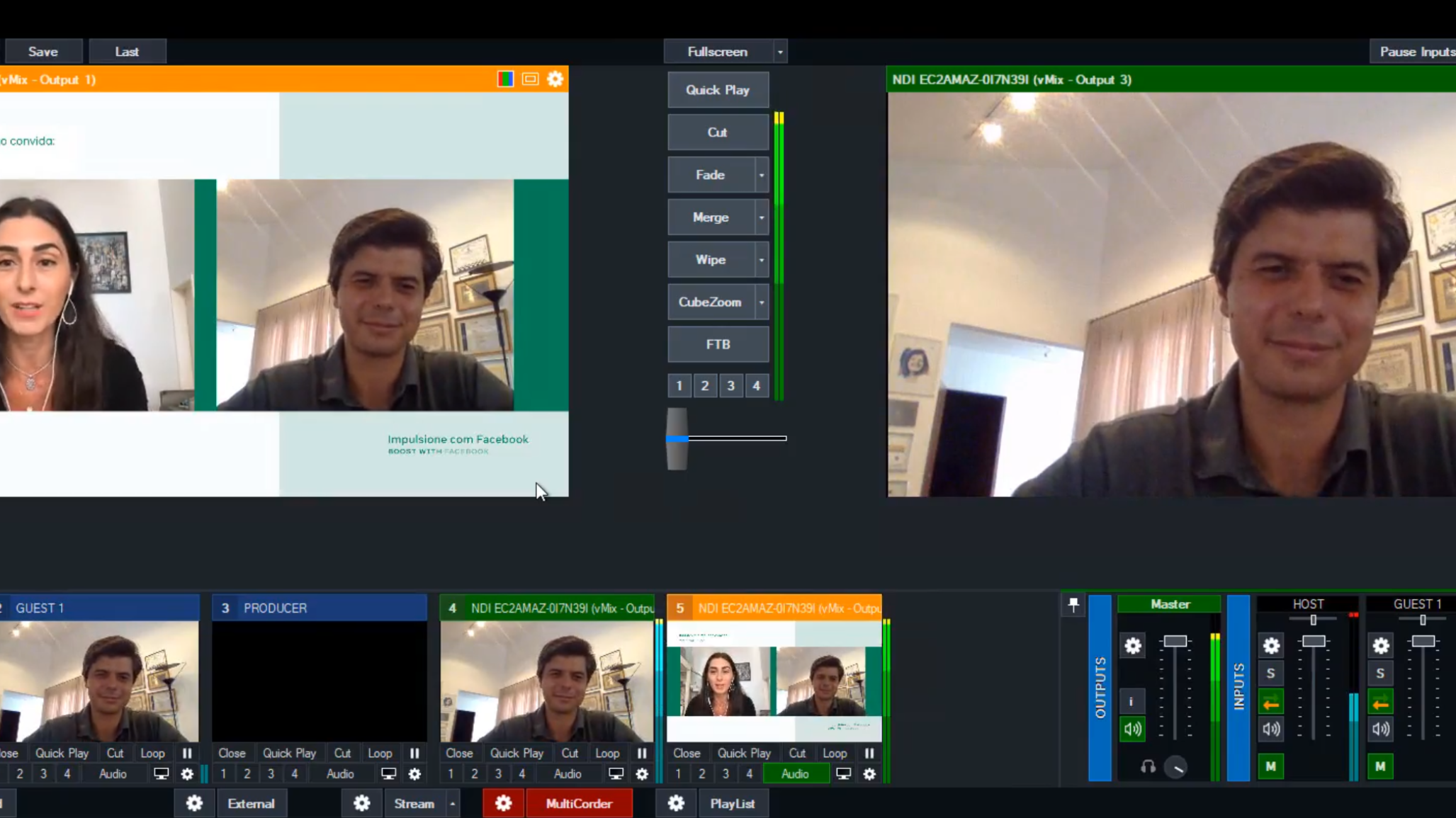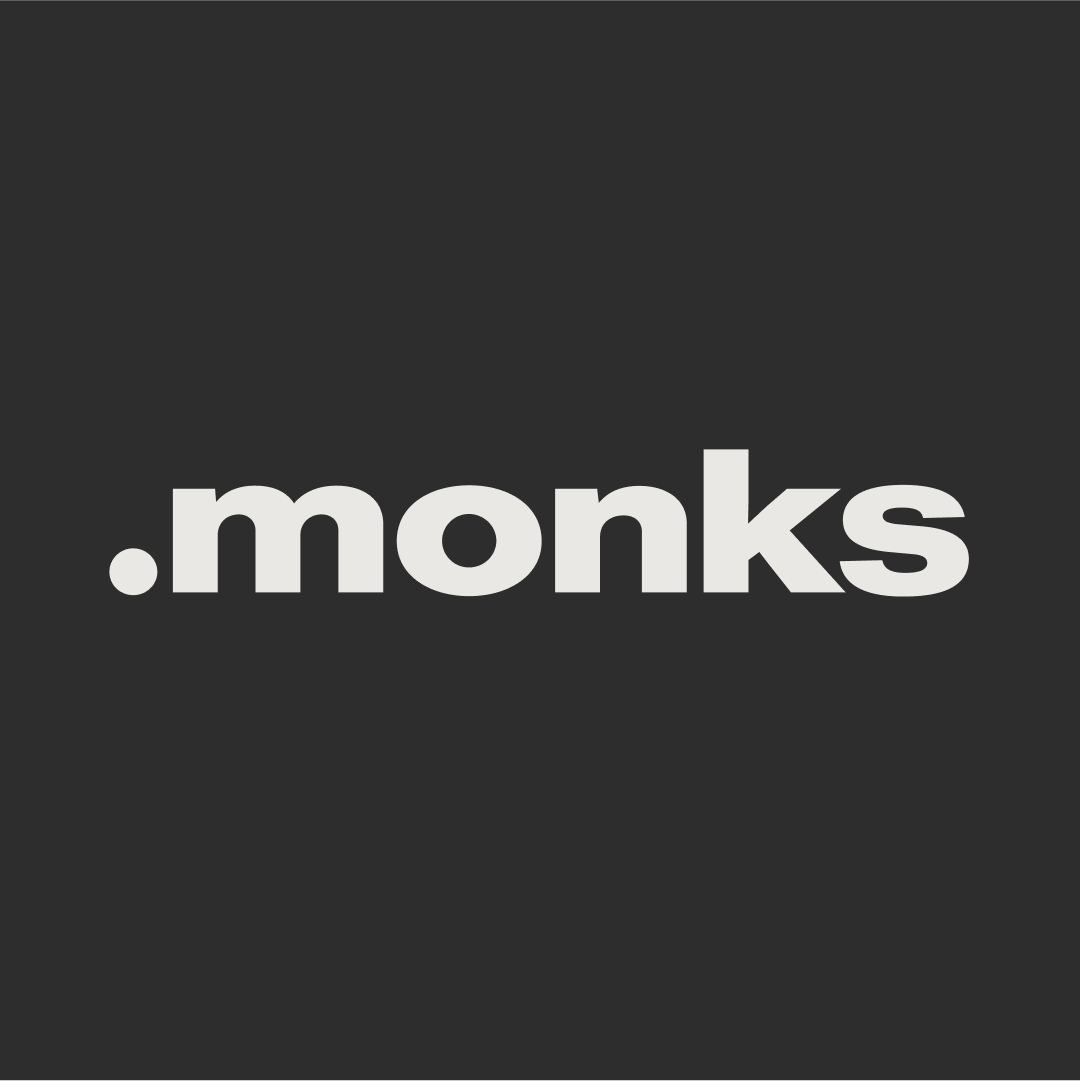MediaMonks Founder Wesley ter Haar on Why Brands Should Rethink Role vs. Purpose

If you follow the ad industry at all, you’ve almost certainly seen article after article championing those who’ve leaned into their brand purpose amidst the pandemic. Some go as far to encourage brands to find purpose–and while purpose is certainly important, many brands that claim to be purpose-driven still miss the mark, failing to drive real, visible impact. This can easily backfire, leading to criticism of exploiting societal challenges for their own gain, like accusations of greenwashing.
“During this time, this idea of whether brands helped, how they turned up and whether they’ve done the right thing has taken hold,” says MediaMonks Founder Wesley ter Haar. “That’s about responsibility: can you take on a role that is more meaningful than a nebulous idea of brand purpose?” That notion of responsibility is key. Brands that have made headlines in their response to COVID-19 didn’t always center their role around their purpose; instead, they’ve shown up in other ways by innovating to fill the societal cracks that the pandemic had exposed.
David Rotman, Editor-at-Large of MIT Technology Review, writes in his assessment of the overall COVID-19 response that, “We’re great at devising shiny, mainly software-driven bling that makes our lives more convenient in many ways. But we’re far less accomplished at reinventing health care, rethinking education, making food production and distribution more efficient, and, in general, turning our technical know-how loose on the largest sectors of the economy.”
His point highlights a real problem in brands’ ability to pivot resources and rapidly innovate when new problems arise. While purpose may be important for a brand to have, it’s this ability to step up and support consumers—and broader audiences—when and where it matters most that has become so critical today.
Can you take on a role that is more meaningful than a nebulous idea of brand purpose?

The fundamental disconnect rests between the purpose exhibited in some brands’ everyday messaging versus the way they do business, exposing a difference between brands that have only recently begun to consider a higher purpose versus those that were born from a need to change the world for the better. Ter Haar explains this pitfall succinctly: “Those brands chase after purpose but don’t have it as a real driver of the organization.”
Turning Words into Action
To identify how your brand can identify and fulfill its role, look beyond a vague or broad sense of purpose and instead focus on specific actions that make sense for the brand given its value prop or resources. We saw many brands show up this way, like AB InBev and Ford, who shifted factory production and supply chains to bottle hand sanitizer and make ventilators, respectively.
But brands don’t have to always make such heavy lifting to make impact. Headspace is a smaller brand that has done well by offering a free collection of meditations to everyone: “weathering the storm,” which is tailored specifically for the reality we’re in right now. Even more importantly, it’s offering free access to its entire library for the unemployed and for healthcare professionals. While these are simple maneuvers, they do well to deliver on Headspace’s promise to make guided meditation accessible for everyone.
If you have a strong brand perception, it’s in everything you do.

Ensuring that purpose permeates every part of the organization is critical—not just messaging, but also in the purchase experience (like the “buy one, give one” model popularized by Toms Shoes) and how it treats its employees. As arbiter of the brand-customer relationship, this means CMOs must have a seat at the table to collaborate with other leaders of the organization more closely. But ter Haar notes that founder-led organizations like Airbnb, who had to lay off workers earlier this year in response to the travel industry being brought to its knees, made the best of a difficult situation by connecting laid off employees with new job opportunities.
“It was a great reflection of their marketing purpose. They managed to do it in a way that strengthened the brand,” says ter Haar. “Marketing is such a reflective part of how they position as a brand—and that’s where marking should be. If you have a strong brand perception, it’s in everything you do.”
Lay a Foundation to Build the Brand Role
For many brands, the ability to execute its role is also directly related to its digital maturity and agile capabilities. Having a strong foundation in both allows them to identify opportunities to support consumers in new ways and reallocate resources to execute those initiatives quickly.
A great example of this is the Boost with Facebook content series. Facebook has long hosted events for small and medium-sized businesses (SMBs) and had reached out to our team in Sao Paulo to create the experiential portion of their upcoming events local to the region. When COVID-19 struck, the team had to quickly pivot the programming to a digital setting. “As their partner, we considered how we could quickly pivot to meet their audience where they were online and tailor the content for that new format,” says Carolina Brandao, Senior Film Producer at MediaMonks.

The Boost with Facebook series was orchestrated remotely, not letting distance get in the way of helpful brand resources.
While the original purpose of the event was to train attendees in using Facebook’s marketing tools, the digital version switched gears to also include resources that could help SMBs survive and thrive through the pandemic. Programming takes the form of live panels as well as live-to-tape spots—all directed remotely—that bring together local politicians and leadership from bigger brands, offering broad insights and support to SMBs. Our team in Sao Paulo handled content for all of South America, including programming in both Spanish and Portuguese.
“This project is a perfect example of how MediaMonks was able to change, adapt and help our client create completely new solutions,” says Brandao. “One week before, we weren’t doing remote shoots or livestreams yet, but we were able to pull that off successfully.” Brandao is also proud of the tangible effect that the content has for the SMBs that rely on Facebook for marketing and connecting to consumers. “In the end, this is actually helping someone who is going through a really tough moment to get their feet on the ground and get the right resources.”
For brands that are more siloed, it can be difficult to make such a quick transition. But just like with any initiative to become more agile, a simple solution is to experiment with organizing small, multi-talented teams. By refreshing the existing structure and building urgency around fast solutions—privileging speed over perfection—your teams can rapidly prototype and build new solutions as they arise.
While purpose is important for offering a waypoint or a path for the brand to move toward, it’s this agile response that becomes critical to fulfilling its role. Once a brand is properly prepared, it is better positioned to show up and tangibly build value at speed—and directly support audiences, no matter what form that takes.
Related
Thinking
Sharpen your edge in a world that won't wait
Sign up to get email updates with actionable insights, cutting-edge research and proven strategies.
Monks needs the contact information you provide to us to contact you about our products and services. You may unsubscribe from these communications at any time. For information on how to unsubscribe, as well as our privacy practices and commitment to protecting your privacy, please review our Privacy Policy.



